by Doug
In London on a flying visit for a meeting, I just had time for a brief visit to Tate Britain. There I enjoyed a precious hour in the company of Van Gogh and an artist new to me, Frank Bowling. Both exhibitions, lessons in the sheer joy of colour.
Naturally, I had my camera and as I wandered the rooms in wonder I made a few images. Later, on the train northwards, I began to reflect on the fact that the images on my memory card were made from the art of others. (the image on the left was made at the Frank Bowling exhibition from multiple exposures of two of his paintings combined and then altered in Lightroom). This raises an interesting question about the ethics of using the art of others, in our work.
It is certainly true to say that no art is new - not really. The often quoted (indeed, mis-quoted and mis-attributed) words ‘good artists copy, great artists steal’ can be used in this discussion. (If you would like to read more about the possible origins and variations of this quote, please take a look at this discussion - https://quoteinvestigator.com/2013/03/06/artists-steal/ ).
What is the sense behind the quote? That all of us as creatives are influenced by those who have gone before us. (How many also talk of ‘standing on the shoulders of giants’?). From our earliest days we absorb so much from what we see, hear and read. We look at the work of artists we admire and, so often, either consciously or sub-consciously, this influences the work we create. I am not talking about plagiarism. That is theft, a malicious and intentional decision to take the work of someone else and pass it off as our own.
No, the idea behind ‘good artists copy, great artists steal’ relates to imitation verses inspiration. It is so much easier to imitate those we admire. It takes real effort to be inspired without merely imitating. This is because you recognise an idea in someones work - then put forth great effort to elevate, to add, to move it further in another direction - to make it into something else. Certainly, the influence may be felt - an echo of the informer, but it becomes something distinctly yours.
There are no photography police (although plenty of people who try to set themselves up in this role). We have no book of rules to which we can refer. So it is down to us to individually set our own high standard of morals and ethics in this regard.
What is the point of copying the work of another, altering it a little and claiming it as our own? We may receive praise from those who don’t realise what we have done - but how do we feel when we look at ourselves in the mirror?
We each need to decide where the line in the sand is for us. Valda Bailey, uses a good illustration. She talks of musicians who ‘mash up’ the music of others to make new, original tracks. You can often pick up on a familiar beat, a recognisable rift or refrain - perhaps some repeated lyrics from an oft sung chorus - but the new artist has also gone to great lengths to significantly add to and alter the original to make something new. It is no longer the original. Perhaps this could be our guide? But only we can decide.
Maybe a good barometer would be to ask ourselves, how would we feel if our artwork was being used in the images of another? How changed would we want it to be before we felt its use was acceptable? Would we feel flattered by its use? Or offended?
This also leads to another, final point from me on this subject. When making images (or any kind of art) from that of others, is it not the right and decent thing to give fulsome attribution. To mention the fact openly and honestly? Why hide it? If you feel you should, then perhaps that is an indication that you haven’t changed the original source enough with work of your own? And we could ask ourself, wouldn’t we like someone who used our work to give us credit for our influence on them and for the part our work has played in the creation of theirs?
In this, should we not be treating the work, the reputation and the feelings of the source artists in the way we would like others to treat us? (and in saying this, I should perhaps acknowledge this is not an original thought of my own either, but can also be found at Matthew 7:12 - seems there is nothing new…).

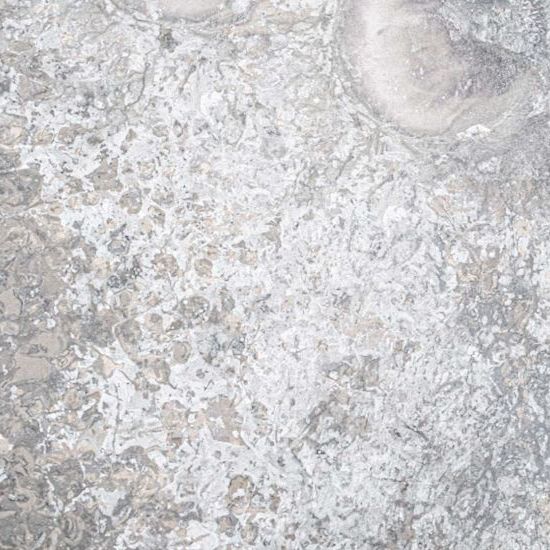

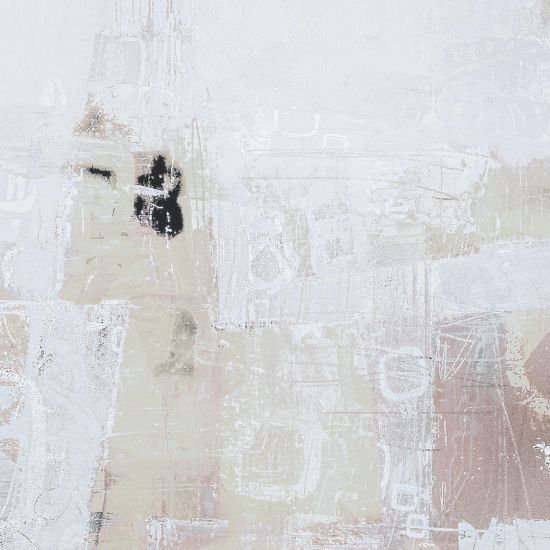
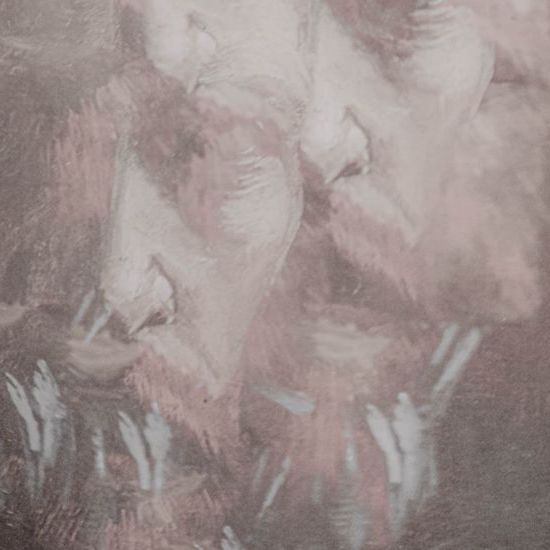
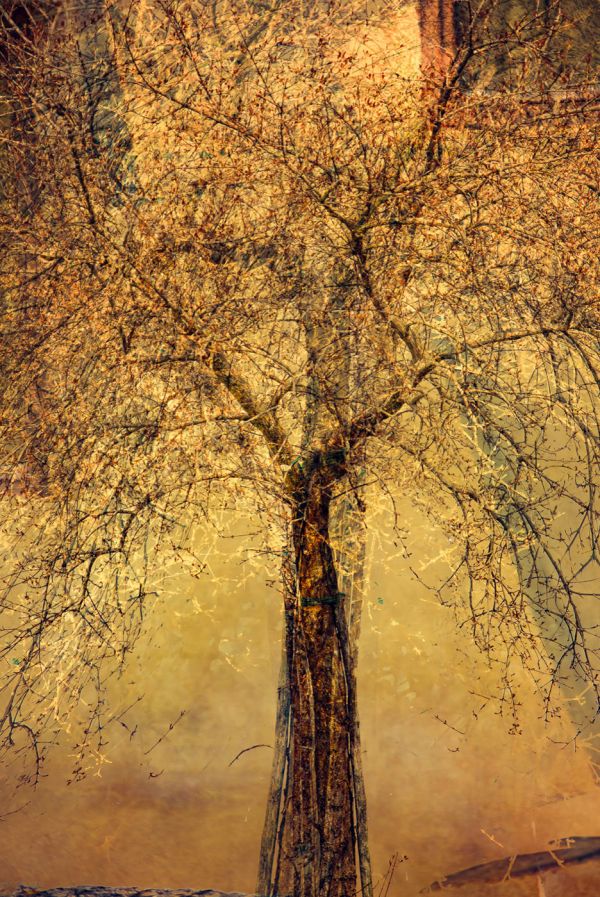
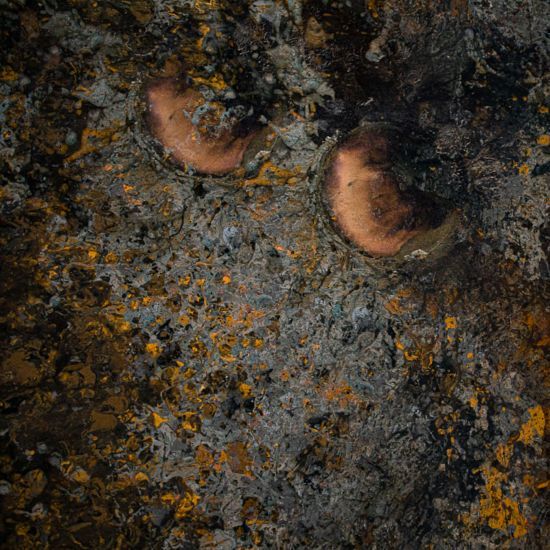
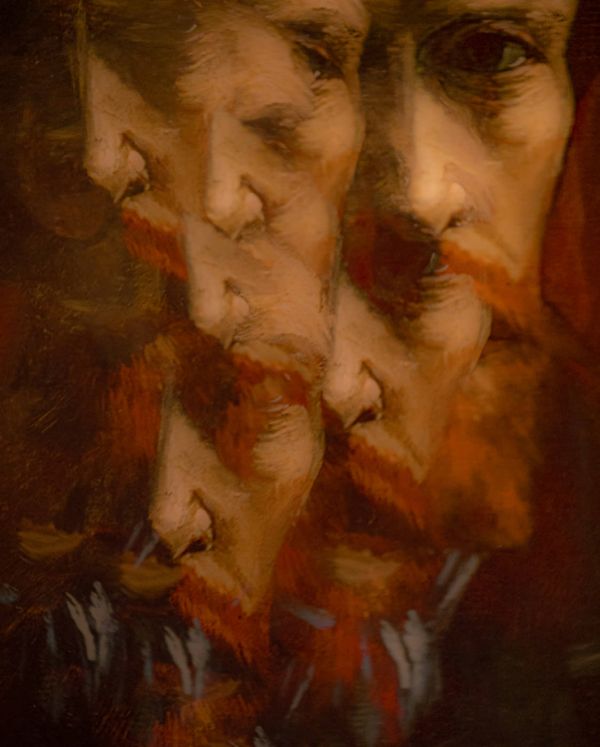
Comments
Leave a Comment
Commenting is not available in this channel entry.